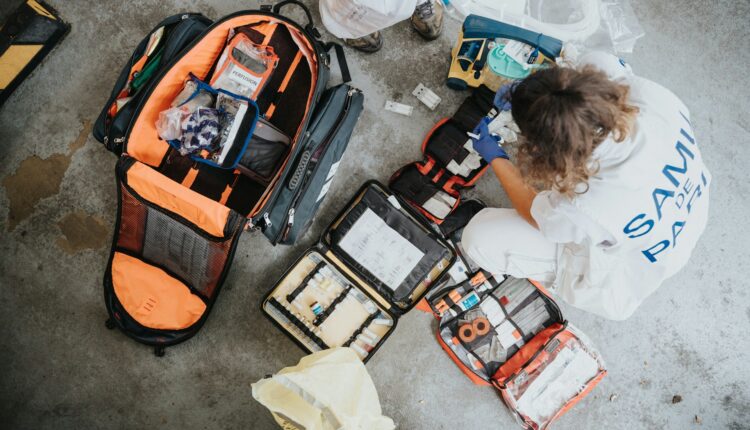
Photo courtesy of Mathurin NAPOLY / matnapo/Unsplash.
As daylight saving begins, Wisconsin emphasizes emergency preparedness, urging residents to update plans and kits for severe weather and unexpected events.
As Wisconsin residents prepare to adjust their clocks for daylight saving time on March 9, emergency management officials are urging households to use this seasonal transition as an opportunity to enhance their emergency preparedness. With severe weather season approaching, this biannual time change serves as a crucial reminder to assess and update safety measures that could prove vital during unexpected emergencies.

Photo courtesy of Curated Lifestyle/Unsplash.
What Wisconsin officials say about emergency preparedness
Wisconsin Emergency Management Administrator Greg Engle emphasizes the importance of preparation, stating, “Daylight saving time is often seen as the seasons changing, even though it’s weeks away. As we adjust to the time change, it’s a reminder that emergencies can strike at any time and preparation is key to keeping our loved ones and property safe.”
Essential components of home emergency preparedness
ReadyWisconsin, a public safety initiative of the Wisconsin Department of Military Affairs, recommends maintaining a well-stocked emergency kit with three days’ worth of supplies. Each person should have access to one gallon of water per day, along with non-perishable food items. Critical items for emergency kits include:
- Basic emergency equipment (flashlights, extra batteries, first aid supplies)
- Personal documentation (ID copies, emergency contacts, medical information)
- Pet-related items (identification, vet records, current photos of pets)
- Communication devices (whistles or horns for signaling)

Photo courtesy of Ellen Macdonald/Flickr.
Home maintenance checklist for severe weather
The transition to daylight saving time presents an ideal opportunity to conduct essential home maintenance tasks that can help protect against severe weather events:
- Clean and maintain gutters and drainage systems
- Conduct tree maintenance, especially near power lines
- Test sump pumps and consider battery backup systems
- Review insurance policies and document household belongings
- Verify the functionality of safety devices (smoke and carbon monoxide detectors)
These preventive measures, combined with a comprehensive emergency plan shared among family members, can significantly improve household safety during unexpected events. ReadyWisconsin emphasizes that existing plans should be reviewed and updated regularly to ensure their effectiveness.
This story was generated in part by AI and edited by The UpNorthNews staff.
This article first appeared on Good Info News Wire and is republished here under a Creative Commons license.

White nationalist ‘Active Clubs’ growing in WI
By Judith Ruiz-Branch Experts said they are seeing a rise in white nationalist movements in Wisconsin and across the country that are disguising...

It’s been a wet, hot and humid summer, but Wisconsin’s apple crop looks ripe for the picking
It’s been a hot and humid summer, with heavy rainfall and damaging flooding. But as the temperatures cool and fall creeps in, Wisconsin’s apple crop...

Survey: Wisconsinites skipping meals to make ends meet
By Judith Ruiz-Branch It is Hunger Action Month and people in Wisconsin are skipping meals to make ends meet, according to a recent study...

Wisconsin’s budget shifts money from schools to Milwaukee prosecutors. That may violate the state constitution.
Editor’s note: This story was corrected to reflect that the 12 assistant district attorney positions are existing positions funded by expiring federal...




